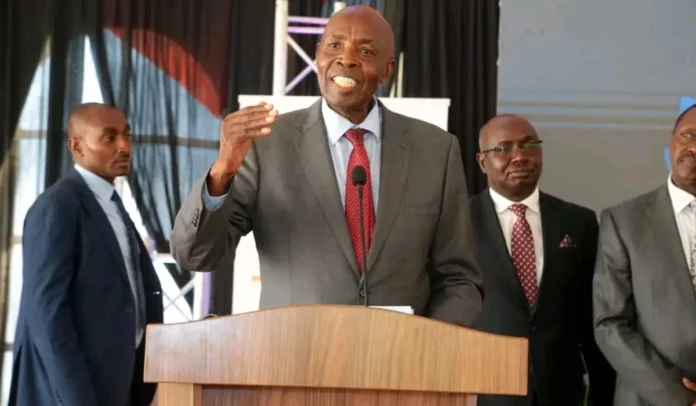The Kenyan government has announced plans to construct 15,000 classrooms within the next year to accommodate the final class in Junior Secondary School (JSS). Here are the key details:
Construction Plans:
- Number of Classrooms:
- The government aims to construct 15,000 classrooms for Junior Secondary School to accommodate Grade 9 students.
- Financial Allocation:
- The project is set to cost Sh12.8 billion, with the government providing Sh3.9 billion, and the World Bank contributing an additional Sh9 billion.
- World Bank Assistance:
- The World Bank’s financial support will assist in constructing 9,000 classrooms, indicating a substantial contribution to the infrastructure development for Junior Secondary School.
- Legislator Contribution:
- Members of Parliament will play a role in the construction efforts, utilizing the National Government Constituency Development Fund (NG-CDF) for additional class building.
Implementation Timeline:
- One-Year Construction Period:
- The construction of the 15,000 classrooms is targeted to be completed within the next year.
Other Education Developments:
- CBC Implementation:
- The pioneer class of the Competency-Based Curriculum (CBC) is set to join Grade 8 in January, marking a significant step in the education system.
- KPSEA Assessment:
- Learners joining Grade 7, after completing their Kenya Primary School Education Assessment (KPSEA) assessment, will transition to Junior School on January 15.
- KPSEA Results:
- Unlike the Kenya Certificate of Primary Education (KCPE), KPSEA results will not be used for learner placement. Instead, they serve as an indicator of students’ achievements in their six years of primary school.
Funding for First-Term Capitation:
- Government Support:
- The government has released Sh7.6 billion for first-term capitation to ensure a smooth reopening of schools.
- Infrastructure Development:
- Part of the capitation funds will be allocated for the construction of laboratories in institutions, focusing on infrastructure development.
- Capitation Allocation:
- Out of the Sh15,000 issued as capitation to junior schools, Sh4,000 is designated for infrastructure development, with a priority on laboratories.
Challenges and Stakeholder Concerns:
- Stakeholder Reservations:
- Education stakeholders and school heads have expressed concerns about Junior School facilities, citing poor staffing, lack of facilities, and low motivation among teachers.
- The Kenya Union of Post Primary Education Teachers (Kuppet) emphasized the need to address these issues before schools open next year.
The government’s commitment to constructing 15,000 classrooms for Junior Secondary School reflects a strategic effort to enhance infrastructure and accommodate the evolving needs of the education system. The collaboration with the World Bank and the involvement of Members of Parliament highlight a multifaceted approach to address challenges and improve the learning environment for students.
